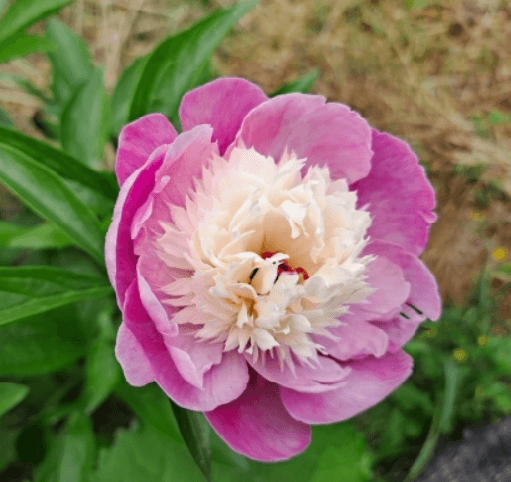
“Discover the incredible health benefits of Peony (Jakyak), a traditional herb known for relieving pain, improving circulation, and boosting overall vitality. Learn how Peony can help alleviate fatigue, promote blood flow, and support women’s health naturally.”
Peony root(작약) is a well-known traditional herbal remedy that helps soothe the liver, provide pain relief, support blood production to regulate menstruation, and balance Yin energy to reduce excessive sweating.
It’s especially effective for symptoms like headaches, dizziness, side pain, abdominal pain, and limb pain.
It’s also commonly used for pale complexion caused by blood deficiency, irregular periods, and excessive sweating. Peony root has long been used as a natural solution for promoting health and well-being.
Recent scientific research has also shown that peony root extract can help boost immunity and reduce inflammation. This makes it an excellent choice for those looking to manage their health and recover from fatigue in today’s fast-paced world.

Ecology and Characteristics of Peony Root
Peony root is a perennial herb that features smooth, upright stems and opposite leaves. Its roots are dark brown, large, and either conical or round in shape. This plant blooms from May to June, and its fruits ripen from June to August.
Peony root grows best in sunny areas and prefers moderate moisture, making it well-suited for thriving in various environments. Because of its growth characteristics, it’s typically harvested in the fall to make the most of its medicinal properties.
Medicinal Parts and Harvesting Time
The part of peony root used for medicinal purposes is the root, which is generally harvested in the summer and fall. The roots are thoroughly cleaned, and smaller side roots are removed before they’re dried.
This preparation process is essential to make sure that the medicinal benefits of peony root are preserved for later use. Proper drying and storage are crucial to keep its healing properties intact.
Properties and Benefits of Peony Root
Peony root has a bitter and sour taste with a slightly cooling nature. It works on the liver and spleen meridians, helping to ease liver and spleen-related symptoms while strengthening the spleen. It’s also well known for promoting recovery from fatigue, boosting immunity, reducing inflammation, and improving blood circulation.
Studies have found that peony root can be particularly helpful in alleviating chronic inflammation.
Additionally, peony root may also help support emotional well-being by relieving stress and anxiety, making it an effective herb for those looking to improve their mental health.

How to Use Peony Root and Precautions
To use peony root, add 6-12 grams of dried root to 800 ml of water, then simmer over low heat until the liquid reduces by half. Drink this 2-3 times a day for the best results. It’s especially effective for relieving menstrual pain and dizziness, and regular use can be incredibly helpful for fatigue recovery, improving blood circulation, and boosting immunity.
However, it’s important for people with a cold constitution to use peony root with caution, as it has a slightly cooling effect.
Depending on your body type, it may cause side effects, so it’s always a good idea to consult a healthcare professional before using it. Make sure to avoid overconsumption and stick to the recommended dosage.
Conclusion
Peony root is a versatile traditional herb that can be used to address various health concerns, from supporting liver and spleen health to relieving pain and recovering from fatigue.
It’s also effective at reducing inflammation and boosting immunity, making it a great addition to any modern health regimen. By following the proper dosage and usage guidelines, you can make the most of nature’s healing power.
Just remember to consult an expert to ensure that you’re using it safely and effectively.
Peony root is a valuable herb that can help improve your health through nature’s power. When used correctly, it helps boost immunity and provides substantial support for everyday well-being.
